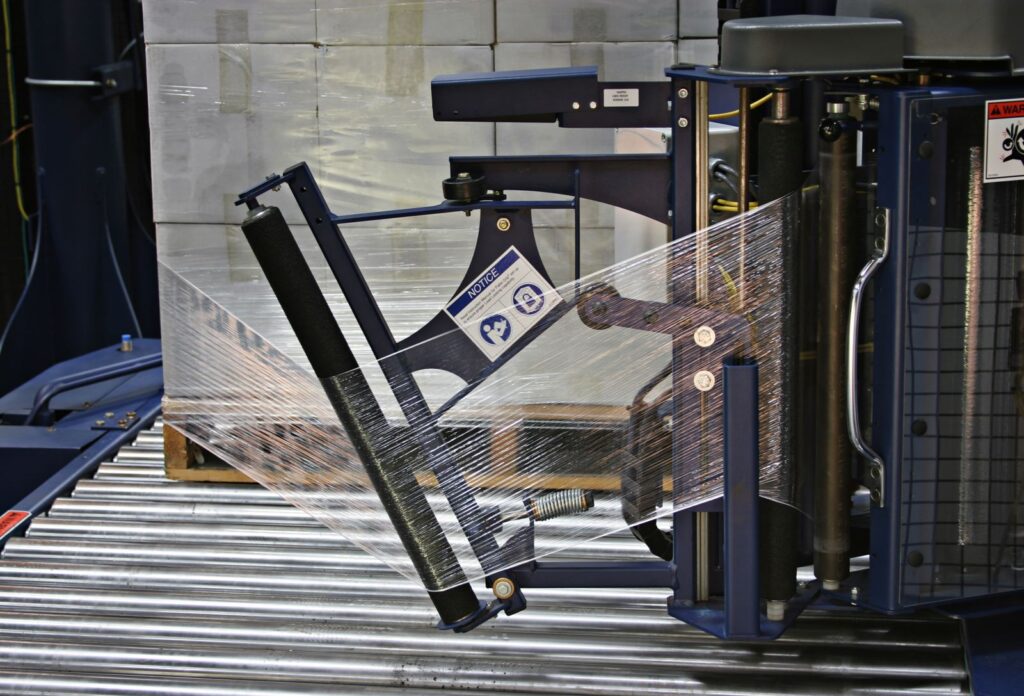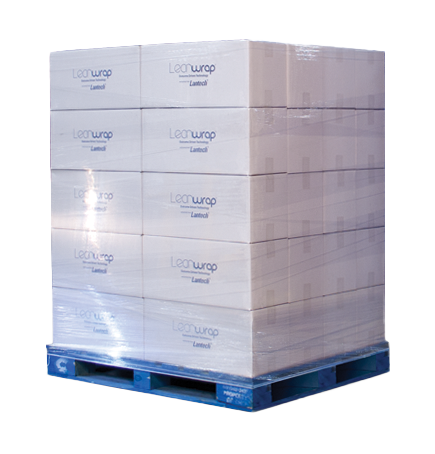In a few days, the most exciting two minutes in sports will take place at Churchill Downs – the 142nd running of the Kentucky Derby. We’ll watch the world’s finest three year old thoroughbreds run it out to win the most prestigious horse race in the world.
During Derby week, we’ll throw parties, decorate with red roses, wear oversized hats, swoon over B-list out-of-town celebrities and drink a few mint juleps. And some of us will brave the crowds to join the 150,000 spectators at Churchill Downs.
The Kentucky Derby is a tradition, especially in our hometown of Louisville, KY. We take the Derby more seriously than college basketball. The City of Louisville pockets a whopping $220 million from in and out-of-town guests spending money at hotels, restaurants and shops.
In the midst of the excitement, we should acknowledge the behind-the-scenes effort required from trainers and the horses themselves to prepare for the most prestigious horse race in the world.
Horses go through extreme training and care for even a tiny chance at the glory the Derby brings. Here’s a little insight into the business side of what it takes to get a horse to the starting gate and hopefully to the finish line first.
Horse racing is highly competitive – and expensive. Racing is all about winning. Without winning, you have no business. Out of the 35,000 three year old thoroughbred horses in the world today, only the top 20 will have a chance to compete in the Kentucky Derby. And if they’re lucky enough to make it in the top 20, owners still have to pay about $50,000 for the opportunity to race in the Derby: $25,000 to enter and another $25,000 to compete.
The win is worth it. The winning horse earns about $1.2 million in purse money, which will be divided among the horse’s investors, trainers, owners, jockey and barn hands. And the royalties continue to roll in from other races and breeding. Once a horse retires from racing, they will most likely breed. Owners of female horses – from their own distinguished bloodline – will pay anywhere from $2,000 – $300,000 for the opportunity to produce another champion.
Race horses must arrive at the track in good condition. These thoroughbreds make the journey to Kentucky from around the country or across seas. Although most race horses are used to the travel, confinement, trailer motion, noise, change in temperature and road condition can cause physical and mental stress. So it’s important that they make it to Churchill Downs days, even weeks, before race day to recover. During a 24 hour journey it’s common for horses to lose about 6 percent of body weigh from sweat, but they recover quickly – about half the weigh is put back on their first day practicing at the track.
Fashion doesn’t just belong to the fans. It’s tradition to dress your best for Derby, men are in interesting patterned suits and women in spring dresses with gorgeous hats. But it’s not just the people who get to model colorful threads, a horse has its own style too – although most of it’s for function. Every horse wears a silk with a number and a bright color that will match the jockey’s jersey. The color of the silks is a commonly used betting strategy too. Maybe orange is your favorite color. You will also find horses wearing what’s known as “blinkers” in the racing world. They kind of look like goggles and are used to keep the horse from being spooked by what’s around it and give it the ability to keep his eyes on what’s in front of him, the finish line.
This year 23 out of the 26 possible contenders were born in Kentucky. And everyone knows the best horses are from right here in the Bluegrass. The Derby goes off at 6:24 p.m. EST. If you don’t want to make your bet based on the color if its silks, download our eBook, Handicapping 101 for some tips.
This post was published on April 29, 2016 and updated on January 18, 2017.
April 29, 2016





